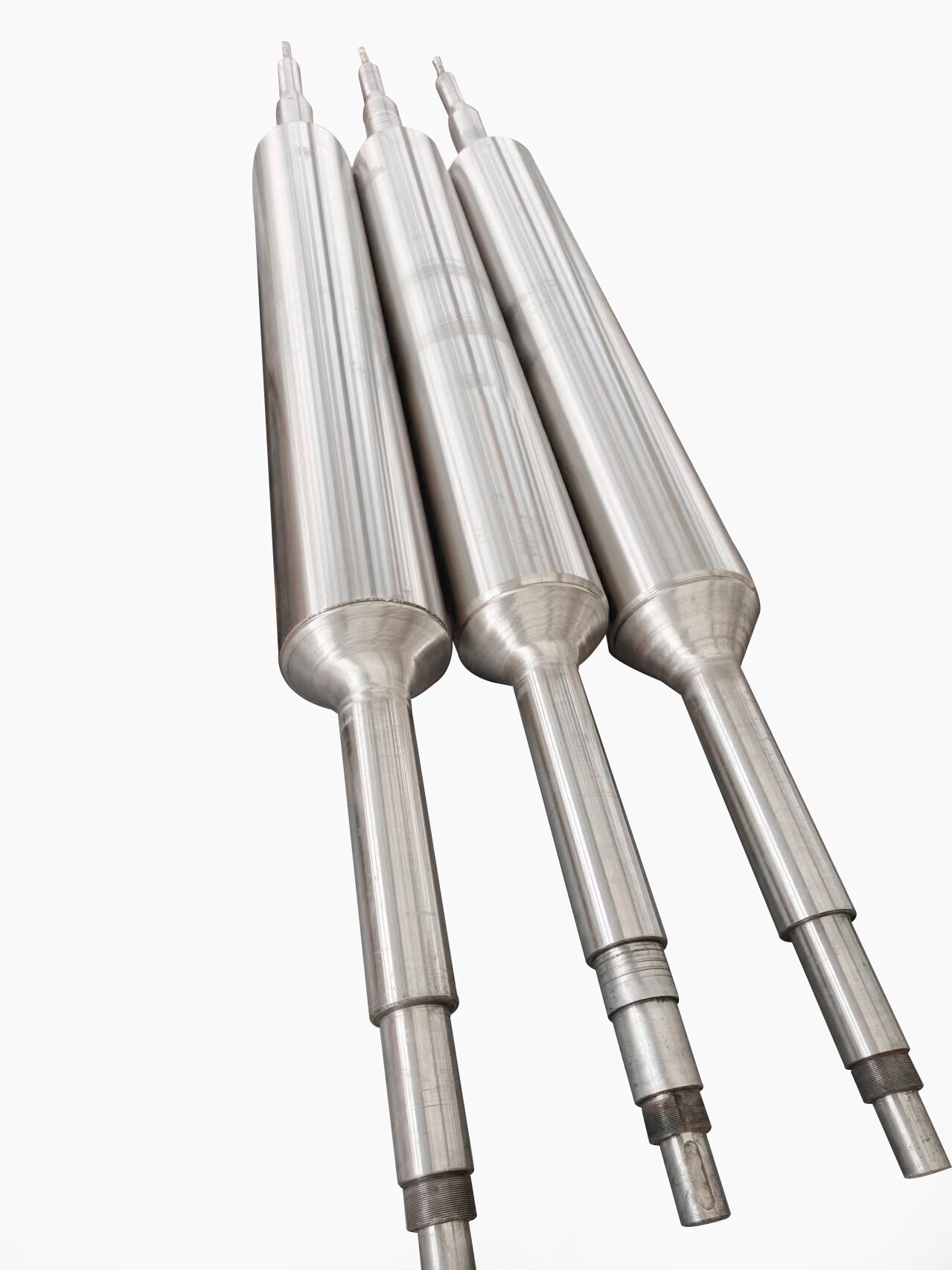heat treatment of gears
Heat treatment of gears is a critical manufacturing process that enhances the mechanical properties and performance characteristics of gear components. This sophisticated process involves carefully controlled heating and cooling cycles to modify the material structure of gears, resulting in improved hardness, strength, and wear resistance. The primary functions include stress relief, hardening, and tempering, which collectively contribute to the gear's durability and operational efficiency. Modern heat treatment techniques employ precise temperature control, specialized equipment, and advanced monitoring systems to ensure consistent quality across all treated components. The process can be customized for different gear types, materials, and applications, ranging from automotive transmissions to industrial machinery. Heat treatment facilities utilize various methods such as carburizing, nitriding, and induction hardening, each offering specific advantages for different gear applications. The technology has evolved significantly, incorporating computerized process control and automation to maintain exact specifications and repeatability. This essential manufacturing step plays a vital role in extending gear life, reducing maintenance requirements, and ensuring reliable performance under demanding conditions.
